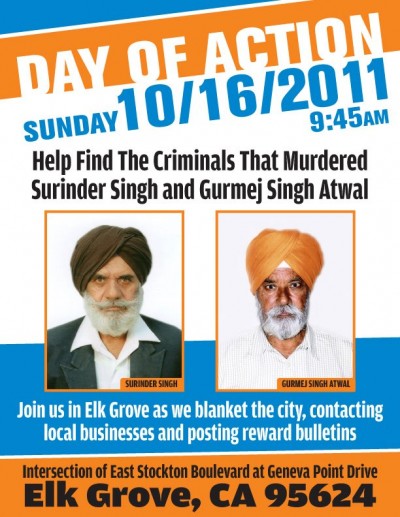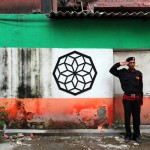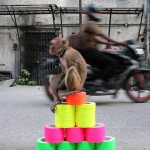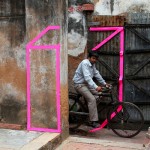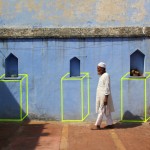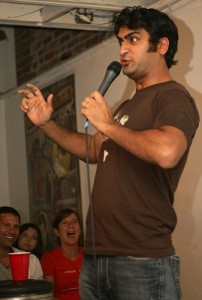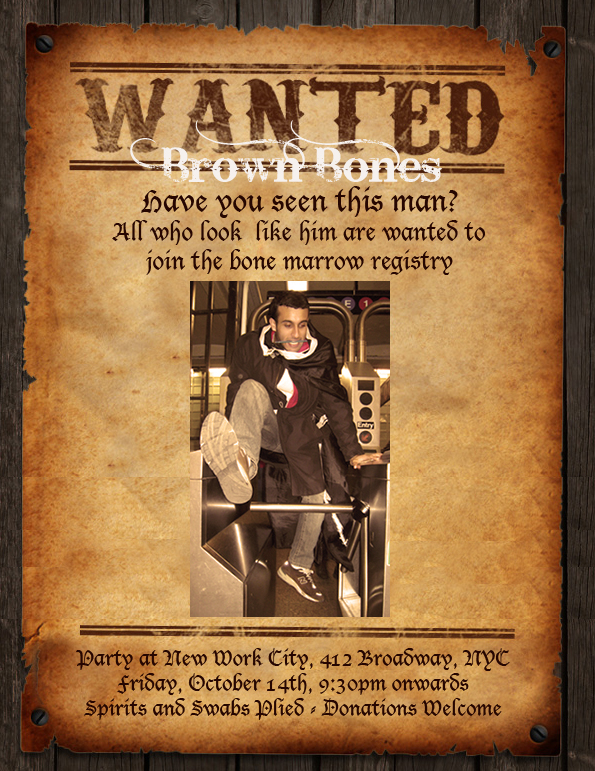Today is National Coming Out Day and when I used to live in L.A., I’d join the annual parade of South Asians walking down Pioneer Blvd. chanting, “We ‘re here! We’re queer! We’re on Pioneer!” As you can imagine, the South Asian community is not quite so accepting of ‘The Gays” in the community. I supported as an ally because I wanted to be a supporting Desi face even when their family members couldn’t be.
But sometimes, coming out to your family may not be right for everyone. I came across a touching story from Nancy Haque titled Coming Out About Not Being Out from the Western States Center. It addresses the complexities of understanding your parents enough to know when and what to share with them. Despite the fact that mainstream LGBTQIA community may encourage coming out, it may not be the best thing for every family, particularly immigrant Desi parents.
I’m not out to my parents – the gold standard of being out. I haven’t done it and don’t actually plan on doing it. The truth is I have a very complicated relationship with my parents. I’m not particularly close to them and haven’t been since early childhood. I’m the youngest of four and was raised by my sister and two brothers as much as I was by my parents. I came out to my siblings 14 years ago and have always been supported by them. I love and respect my parents, but beyond my sexuality, they don’t understand the work I do, don’t know my hopes and dreams, don’t know the majority of my friends, and have never visited the home I purchased three years ago.
Yet my relationship to them is important. It’s important for me to be able to go home. I know in my heart my parents can never accept me having a female partner. It’s beyond their life experience to understand it. It’s not because they’re bad people, it’s just the way it is. I don’t feel like I’m living a lie because I’m not. Yet by not telling my parents, I’m taking a very unpopular stance in the general queer community…. I know that I’m not alone, that we all find our own ways to navigate our lives. I know that being queer and being raised Muslim is who I am, and it’s a complicated way to be. That’s why it was important to me to share my story… [westernstatescenter]
